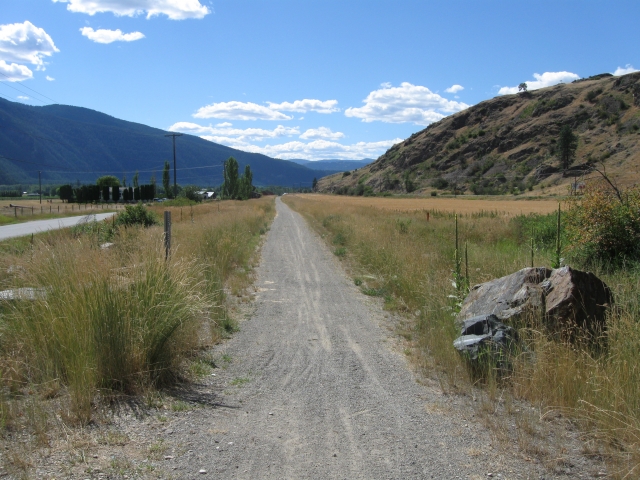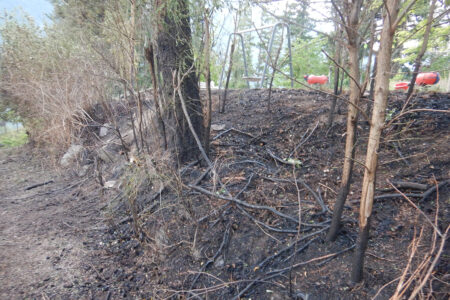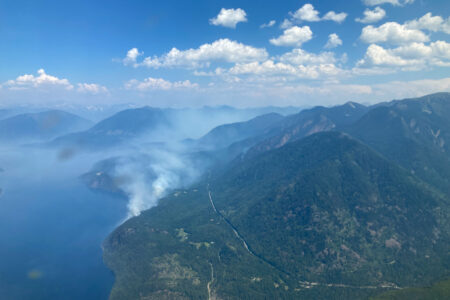Society pursues paving for local trails
A presentation to Grand Forks city council was the first step to successfully paving the TransCanada Trail between Grand Forks and Christina Lake.
Knowing that the success of their project is linked to the support of local government, Chris Moslin of the Grand Forks Trails Society took the project before council on Monday, Nov. 19. The Society is taking the lead on the endeavour estimated to cost about $1.6 million.
“This project will provide access, because that’s what trails do, provide access to the environment for all the trail users,” said Moslin. “What we’ve done is increased the number of trail users dramatically. It goes through two provincial parks and connects the communities. And besides connecting communities it will engage people in the Boundary landscape and the history.”
Last year the group applied for provincial recreation funding for a portion of the costs but were unsuccessful in the bid. While the total cost of the project looks overwhelming, Moslin said they would approach the work in segments that are achievable. For example, the section from 68th Avenue in Grand Forks to the Nursery is estimated to cost $101,640 – a target that is a lot more palatable for most.
The highest cost segment will be between the Nursery and Gilpin, being the longest stretch. Much of the overall cost, about $1 million, is the paving itself with the remaining amounts linked to preparation, traffic control for the finished trail, and prevention of weed growth.
“When we inquired to all the other paved trail users as well as the large urban areas in our province, they use asphalt on their trails because it’s the most durable and cost efficient,” Moslin explained. “That’s why we pave roads. After it cures it is inert in the environment. It prevents grass growth and it’s easy to maintain.”
Moslin gave some examples of successful paved trails around North America – Kimberly to Cranbrook, Spokane area, Snohomish near Seattle, Vancouver and Montana.
Moslin was quick to ensure that every consideration will be given to multi-users on the trail, including ensuring it will continue to be horse-friendly given that the paved portion of the trail will only be 10 feet wide and the current trail is much larger. Managing unwanted traffic is an ongoing challenge, he added, and they will be including barriers – bollards, gates and rock gardens – as part of the project plan.
“Over the years the trails group has tried various things… to try to manage motorized traffic,” said Moslin. “Unfortunately it’s not every motorized user, that’s the problem. It’s basically the behaviour of a few that does threaten everybody. Really, if there’s local bylaws and enforcement… it would go a long way to managing this problem.”
So far the Society has garnered the support of many partners including the Ministry of Forests, Lands and Natural Resources, B.C. Parks, Area D, the City of Greenwood, Boundary Country Chamber of Commerce, Trails B.C., Grand Forks Cycling Club, Grand Forks All-Terrain Vehicle Club, and the TransCanada Trails Foundation.
The project has a long ways to go, added Moslin. They will be doing public consultation, working to develop agreements between user groups, lobbying senior government for funding, applying for grants, permits, and of course promoting the project widely. Council formally received the presentation.
For more information on the new trails project go to www.gftrails.ca.























